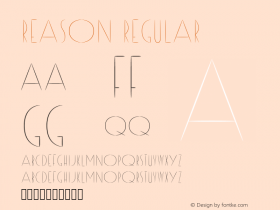Google's Logo Killed Serifs Because Serifs Had It Coming
Google debuted a serif-free logo today—the first real change to its logo since 1999. And although it's much prettier than the 16-year-old wordmark, the company claimed it was more about functionality than looks: The Google logo has become more and more problematic throughout its existence, and it had everything to do with those serifs.
First, a quick primer on serifs: The text you're reading right here, has serifs, the tiny decorative lines attached to the edges of many of the letters. They help your eyes with readability when you've got a lot of text. But serifs are not as useful on text that needs to be shown at many different sizes, like, um, logos. Here's the before and after of Google's logo. See the serifs disappear?
GIF
So if you watch the evolution of Google's logo in this video, it's all serif for 17 years. You can see it getting simpler and simpler, but through mostly stylistic decisions. First, that so-90s inflated balloon type. Then the Y2K-era version with the beveled edges. Then the same logo, flattened, thanks to Google's own Material Design language evangelizing flat design.
Advertisement
But after a tiny tweak a year ago, it was clear the designers were kinda stuck. Google's logo had a big problem.
Sponsored
Serifs don't scale
First and foremost, scalability. Google's old logo did not shrink well. A serif-y "Google" with all those nubbins is not going to be readable at small sizes, for the same reason that Helvetica sucks for screen text. The spindly letterforms start to disappear, and when it's really tiny, it's essentially useless. The G almost turns into a C. The l looks like i. Coogie!
































 闽公网安备35010202000240号
闽公网安备35010202000240号